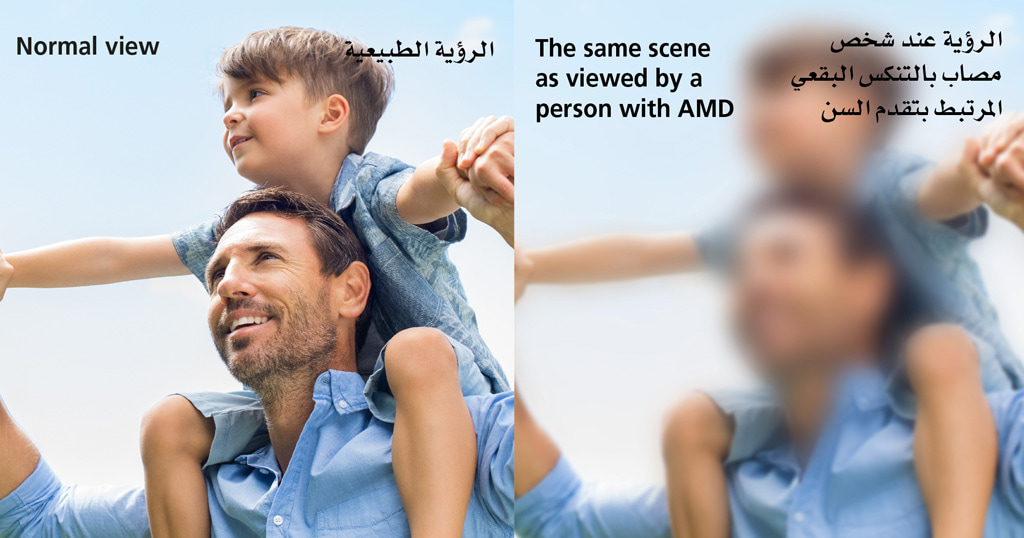Age-Related Macular Degeneration Age-Related Macular Degeneration (AMD) is one of the most common causes of the loss of vision in people aged 50 and older. Worldwide, the number of people with age-related macular degeneration is projected to reach 196 million by 2020, increasing to 288 million by 2040. (1) The vision loss occurs due to… Continue reading Age-Related Macular Degeneration
Moorfields Eye Hospital Dubai appoints new Medical Director
Dr. Ammar Safar, Consultant Ophthalmologist and Vitreoretinal Surgeon, GCAA Approved Specialist Aeromedical Medical Examiner, brings wealth of experience to the continuously growing 21-member permanent and visiting consultant team in the UAE 15 April 2018 (Dubai – United Arab Emirates): Moorfields Eye Hospital Dubai has announced the appointment of Dr. Ammar Safar, Consultant Ophthalmologist and Vitreoretinal… Continue reading Moorfields Eye Hospital Dubai appoints new Medical Director
Dr. Ammar Safar
Medical Director Consultant Ophthalmologist & Vitreoretinal Surgeon GCAA Approved Specialist Aviation Medical Examiner Professor of Ophthalmology (Adjunct) Dr. Ammar Safar is American Board Certified in Ophthalmology and is a highly experienced consultant in vitreoretinal diseases and surgery. Dr. Ammar is the Medical Director of Moorfields Eye Hospitals in the UAE. He is based in Moorfields… Continue reading Dr. Ammar Safar
Cataract
This week’s blog on Cataract has been contributed by Dr. Avinash Gurbaxani, Consultant Ophthalmic Surgeon in Uveitis and Medical Retinal Diseases and Cataract Surgery. What is cataract? Cataract is the clouding of the natural lens of the eye. This is generally a slow process related to age, in which the transparent lens gradually loses its… Continue reading Cataract

